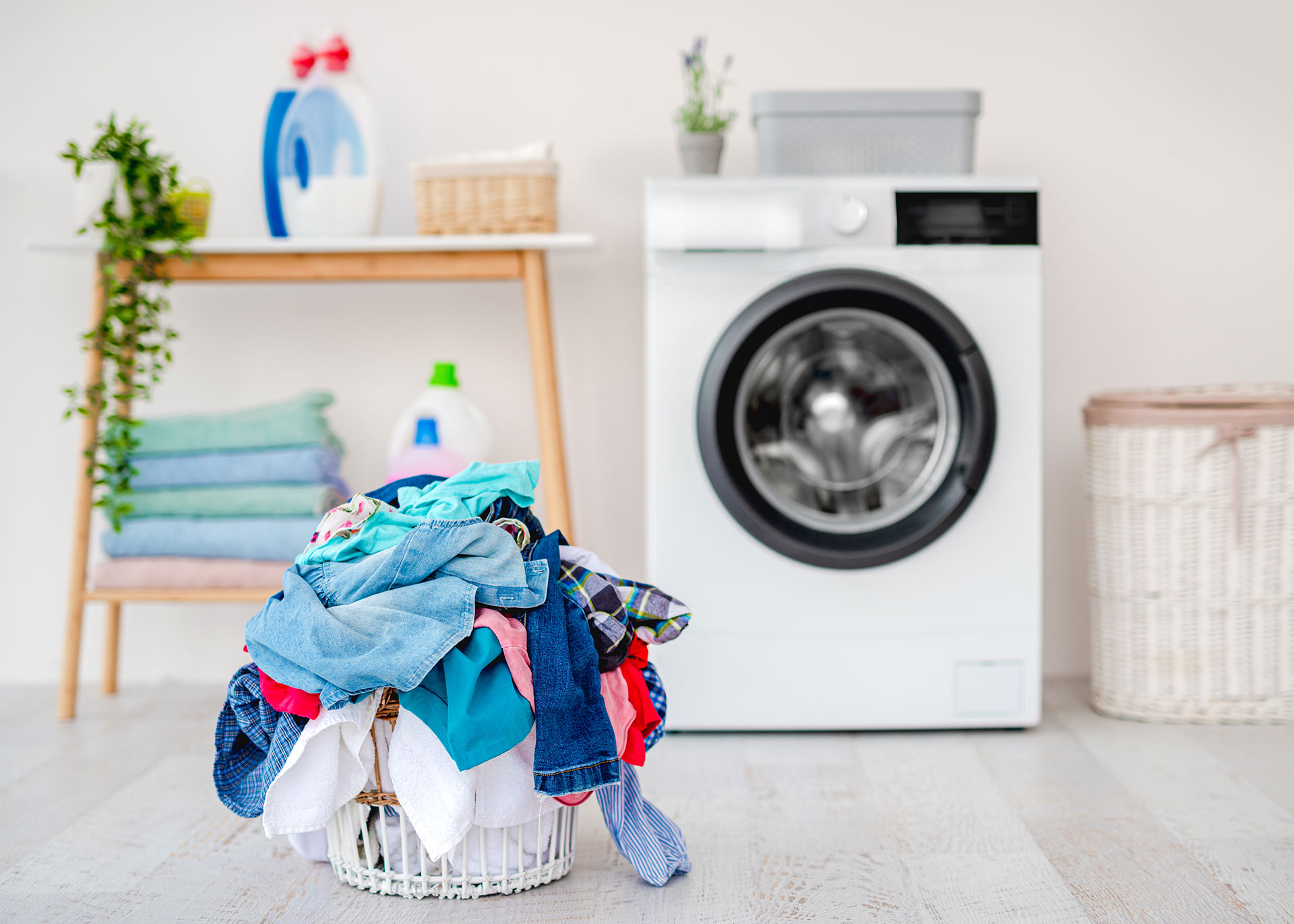

Articles
Why Does Laundry Room Smell
Modified: March 2, 2024
Learn why your laundry room smells and discover helpful articles to tackle the problem and freshen up your space.
(Many of the links in this article redirect to a specific reviewed product. Your purchase of these products through affiliate links helps to generate commission for Storables.com, at no extra cost. Learn more)
Introduction
The laundry room is an essential part of any home, where we clean and freshen our clothes. However, if you’ve ever entered your laundry room and noticed an unpleasant or lingering odor, you’re not alone. A smelly laundry room can be frustrating and off-putting, making the task of doing laundry less enjoyable. It’s important to identify the causes of these odors so that you can efficiently eliminate them and create a clean and fresh laundry space.
There are several common reasons why laundry rooms may develop unpleasant odors. Dampness and humidity, bacteria and mold growth, a dirty washing machine, clogged or smelly drains, improper ventilation, and the accumulation of lint and dust can all contribute to a less than desirable smell. By understanding these causes and implementing effective solutions, you can transform your laundry room into a pleasant and odor-free environment.
In this article, we will discuss the common causes of laundry room odors and provide solutions to eliminate them. By following these tips, you’ll be able to maintain a fresh and inviting laundry space that makes the chore of doing laundry a little more pleasant.
Key Takeaways:
- Say goodbye to laundry room odors by addressing dampness, bacteria, dirty machines, clogged drains, ventilation, and lint buildup. Keep your laundry space fresh and inviting with regular maintenance and cleaning routines.
- Eliminate persistent odors in your laundry room by focusing on cleanliness, regular washing machine maintenance, mold prevention, drain cleaning, ventilation improvement, and lint management. Create a pleasant environment for your laundry activities.
Read more: Why Does Laundry Room Smell Like Sewer
Common Causes of Laundry Room Odors
A smelly laundry room can stem from various factors. Understanding the common causes of these odors is essential to effectively address the issue. Let’s explore some of the main culprits:
- Dampness and Humidity: Excess moisture in the laundry room can contribute to a musty odor. Whether it’s due to poor ventilation or water leaks, dampness creates an ideal environment for mold and mildew growth.
- Bacteria and Mold Growth: When damp conditions persist, bacteria and mold can flourish. These microorganisms release unpleasant odors, making the laundry room smell unpleasant. It’s especially common in front-loading washing machines, where water can accumulate around the door seal.
- Dirty Washing Machine: Over time, your washing machine can accumulate soap scum, dirt, and fabric softener residue. This residue provides a breeding ground for bacteria and can cause your laundry room to emit a foul smell.
- Clogged or Smelly Drain: A clogged or smelly drain in your laundry room can lead to odors. Lint, hair, and detergent buildup can block the drain, causing water to stagnate and emit a pungent smell.
- Improper Ventilation: Inadequate ventilation traps moisture and odors in the laundry room. Without proper airflow, dampness and musty smells can become more pronounced.
- Accumulation of Lint and Dust: Lint from clothing and dust particles can accumulate in the laundry room over time. This buildup can create an unpleasant odor and contribute to a general feeling of uncleanliness.
These common causes of laundry room odors can be frustrating, but fortunately, there are effective solutions to eliminate them. By addressing the root causes and implementing preventive measures, you can maintain a fresh and pleasant laundry room environment. In the next section, we will discuss these solutions in detail.
Dampness and Humidity
Dampness and high humidity are common problems in many laundry rooms. Excess moisture in the air can create a breeding ground for mold, mildew, and bacteria, leading to unpleasant odors. Here are some practical solutions to tackle dampness and humidity:
- Proper Ventilation: Ensure that your laundry room has adequate ventilation. Install exhaust fans or open windows during and after doing laundry to allow fresh air to circulate and remove damp air.
- Dehumidifier: Consider using a dehumidifier in your laundry room to remove excess moisture from the air. This appliance helps to maintain optimal humidity levels, preventing the growth of mold and mildew.
- Fix Water Leaks: Inspect your laundry room for any leaks from pipes, faucets, or washing machine connections. If you find any leaks, repair them promptly to prevent moisture build-up and the development of odors.
- Use Dryer Vents: Ensure that your dryer is properly vented to the outside of your home. This allows moisture generated during the drying process to be expelled outside, reducing humidity in the laundry room.
- Avoid Oversaturating Clothes: Be mindful of the amount of water you use when doing laundry. Overloading the washing machine or using too much water can contribute to excessive moisture in the laundry room. Follow the manufacturer’s recommendations for proper water usage.
By addressing the issue of dampness and humidity in your laundry room, you can significantly reduce the chances of foul odors developing. Implementing these solutions will create a more comfortable and pleasant environment for your laundry activities.
Bacteria and Mold Growth
Bacteria and mold growth are common contributors to unpleasant odors in the laundry room. These microorganisms thrive in moist environments and can release foul-smelling compounds. Here are some effective solutions to prevent and eliminate bacteria and mold growth:
- Regular Cleaning: Clean your washing machine regularly to remove any residue that may promote bacterial growth. Wipe down the drum, detergent dispenser, and door seal using a mild detergent or vinegar solution. Refer to your washing machine’s manual for specific cleaning instructions.
- Leave Washing Machine Door Open: After each use, leave the washing machine door open to allow it to dry completely. This helps prevent moisture buildup and discourages the growth of mold and bacteria.
- Use Hot Water and Bleach: Run a hot water cycle with bleach once a month to disinfect your washing machine. This helps kill any existing bacteria or mold and prevents their growth in the future. Follow the manufacturer’s recommendations for the appropriate amount of bleach to use.
- Remove Wet Laundry Promptly: Avoid leaving damp laundry in the washing machine for extended periods. Promptly transfer wet clothes to the dryer or hang them up to dry, as prolonged moisture can create an ideal environment for mold and bacteria.
- Allow Proper Air Circulation: Ensure that your laundry area has sufficient airflow and ventilation. This helps to dry out the room more quickly and discourages the growth of mold and bacteria. Open windows or use fans to improve air circulation if needed.
Implementing these solutions to address bacteria and mold growth will help keep unpleasant odors at bay. By maintaining a clean and hygienic washing machine and promoting proper air circulation, you can ensure a fresh and odor-free laundry room.
Dirty Washing Machine
A dirty washing machine can be a major cause of odors in the laundry room. Over time, soap scum, dirt, and fabric softener residue can accumulate inside the drum and other parts of the machine. Here are some effective solutions to keep your washing machine clean and odor-free:
- Regular Cleaning: Clean the drum of your washing machine regularly to prevent the buildup of dirt and residue. You can use a solution of vinegar and water or a washing machine cleaner specifically designed for this purpose. Follow the manufacturer’s instructions for the appropriate amount of cleaner to use.
- Clean the Filter: Some washing machines have a filter that traps debris and lint. Check your machine’s manual to locate the filter and clean it regularly. A clogged filter can contribute to odors and poor washing performance.
- Wipe Down Surfaces: After each laundry cycle, wipe down the inside of the washing machine, including the door seal, detergent dispenser, and other surfaces where residue may accumulate. This helps prevent the growth of bacteria and keeps your machine smelling fresh.
- Avoid Overloading: Overloading the washing machine can prevent proper cleaning and rinsing, leading to a buildup of dirt and residue. Follow the manufacturer’s recommendations for load capacity to ensure optimal cleaning results and prevent odors.
- Use High-Quality Detergent: Using low-quality or excessive amounts of detergent can leave behind a residue that contributes to foul odors. Choose a high-quality detergent and use the appropriate amount for your laundry load to prevent buildup and maintain a clean-smelling washing machine.
By implementing these solutions and incorporating regular cleaning routines, you can keep your washing machine fresh and odor-free. A clean machine not only eliminates unpleasant smells but also ensures that your clothes come out clean and fresh with each wash.
Read more: Why Does Laundry Room Smell Like Rotten Eggs
Clogged or Smelly Drain
A clogged or smelly drain in the laundry room can be a significant source of unpleasant odors. Lint, hair, and detergent buildup can accumulate in the drain pipe over time, causing water to stagnate and emit a pungent smell. Here are some effective solutions to address a clogged or smelly drain:
- Unclog the Drain: If you notice that your drain is clogged, start by using a plunger to try and remove the blockage. If that doesn’t work, you may need to use a drain snake or call a professional plumber to clear the clog.
- Remove Lint and Debris: Regularly clean the lint trap in your washing machine to prevent lint from entering and clogging the drain. Additionally, check the drain pipe for any visible buildup of lint or debris and remove it using a pipe brush or a plumber’s snake.
- Use Drain Cleaners: If the odor persists even after clearing the drain, you can use a drain cleaner specifically designed to eliminate organic material and remove foul odors. Follow the instructions on the product carefully to ensure safe and effective use.
- Prevent Future Buildup: To prevent future clogs and odors, consider using a mesh lint trap or hair catcher on your washing machine drain hose. These devices can trap debris and lint before it reaches the drain, reducing the risk of clogs and foul smells.
- Maintain Regular Drain Cleaning: Make it a habit to clean your laundry room drain regularly. This can help prevent the buildup of debris, eliminate odors, and ensure proper drainage. Cleaning the drain every few months can go a long way in maintaining a fresh and odor-free laundry room.
By addressing a clogged or smelly drain, you can significantly improve the overall odor in your laundry room. Regular maintenance and preventative measures will help keep the drain clean and free-flowing, ensuring a pleasant and hygienic laundry experience.
Improper Ventilation
Improper ventilation in the laundry room can trap odors and excess moisture, contributing to an unpleasant environment. Insufficient airflow can result in the accumulation of dampness, musty smells, and even mold growth. Here are some solutions to improve ventilation in your laundry room:
- Install Exhaust Fans: Consider installing an exhaust fan in your laundry room to help remove stagnant air and moisture. A properly sized fan will help circulate fresh air and prevent the buildup of odors. Run the fan while doing laundry and for some time afterward to ensure proper air circulation.
- Open Windows and Doors: Whenever possible, open windows and doors in the laundry room to allow fresh air to enter. This will help reduce humidity and remove any unpleasant odors. If there are no windows in the room, consider using a fan to improve air circulation.
- Ensure Proper Dryer Venting: Make sure your dryer is properly vented to the outside of your home. A clogged or inefficient dryer vent can hinder airflow and trap moisture in the laundry room. Regularly clean and inspect the vent to ensure it is clear and functioning correctly.
- Use a Room Dehumidifier: If your laundry room lacks proper ventilation, consider using a room dehumidifier. This appliance removes excess moisture from the air, reducing the chances of mold growth and helping to eliminate odors. Place the dehumidifier in a central location for optimal effectiveness.
- Maintain Clean and Unobstructed Vents: Check the vents in your laundry room regularly to ensure they are clean and unobstructed. Lint, dust, or other debris can accumulate in vents, impeding proper airflow. Keep them clean and free from any obstructions to improve ventilation.
Improving ventilation in your laundry room is crucial for maintaining a fresh and odor-free environment. By implementing these solutions, you can effectively remove excess moisture and ensure proper airflow, reducing the risk of unpleasant odors and mold growth.
Accumulation of Lint and Dust
Lint from clothing and dust particles can accumulate in the laundry room over time, leading to unpleasant odors and a general feeling of dirtiness. Here are some solutions to help manage the accumulation of lint and dust:
- Regular Cleaning: Make it a habit to clean your laundry room regularly. Dust surfaces, including shelves, countertops, and appliances, to prevent the buildup of dust and lint. Use a damp cloth or a static duster to capture the particles effectively.
- Vacuum the Floors: Vacuum the floors in the laundry room and adjacent areas frequently to remove lint and dust. Pay extra attention to corners, baseboards, and any areas where lint tends to accumulate. Use a vacuum cleaner with a brush attachment to effectively pick up lint and dust from various surfaces.
- Lint Traps and Dryer Maintenance: Clean the lint trap in your dryer after every use to prevent lint from accumulating in the laundry room. Additionally, regularly inspect and clean your dryer’s exhaust vent to ensure proper airflow. The vent should be clear of any lint or obstructions to prevent lint from circulating in the room.
- Use Lint Rollers: Use adhesive lint rollers or lint brushes to remove lint from clothing before placing them in the washing machine. This can help reduce the amount of lint that ends up in the laundry room and prolong the life of your washing machine and dryer.
- Organize and Declutter: Minimize clutter and unnecessary items in the laundry room to prevent lint and dust buildup. Keep surfaces clear and use storage solutions such as baskets or bins to contain laundry supplies and accessories. This will make it easier to clean and maintain a tidy environment.
By implementing these solutions, you can effectively manage the accumulation of lint and dust in your laundry room. Regular cleaning, maintenance of your dryer, and proper organization will contribute to a cleaner and more pleasant laundry space, free from unwanted odors.
To prevent a smelly laundry room, regularly clean the washing machine, ensure proper ventilation, and use a dehumidifier to reduce moisture.
Solutions to Eliminate Laundry Room Odors
An unpleasant smell in the laundry room can make the task of doing laundry less enjoyable. Fortunately, there are several effective solutions to eliminate laundry room odors and create a fresh and inviting space. Let’s explore these solutions:
- Keep the Area Clean and Dry: Regularly clean the laundry room, removing any lint, dust, or debris that may contribute to odors. Sweep or vacuum the floors, wipe down surfaces, and organize laundry supplies to maintain a tidy environment. Additionally, ensure that the room is well-ventilated to prevent excess moisture buildup.
- Regularly Clean the Washing Machine: Clean your washing machine regularly to prevent the buildup of dirt, mildew, and bacteria. Wipe down the drum, detergent dispenser, and door seal, and run regular maintenance cycles using appropriate cleaning agents. This will help eliminate odors and ensure clean and fresh laundry.
- Prevent and Treat Mold and Bacteria: Address dampness and humidity issues in the laundry room to prevent the growth of mold and bacteria. Use dehumidifiers and proper ventilation to keep the air dry. If mold or mildew develops, clean affected areas with a mixture of vinegar and water or use commercial mold removal products.
- Unblock and Clean the Drain: A clogged or smelly drain can contribute to unpleasant odors in the laundry room. Clear any blockages and clean the drain periodically to ensure proper drainage and prevent stagnant water. Use drain cleaners or call a professional plumber if necessary.
- Improve Ventilation in the Laundry Room: Proper airflow is essential in eliminating odors. Install exhaust fans, open windows and doors, and use dehumidifiers to improve ventilation and reduce moisture and stagnant air. This will help prevent the growth of mold and mildew and keep the laundry room smelling fresh.
- Manage Lint and Dust Buildup: Regularly clean lint traps, vacuum floors, and remove lint from clothing to minimize lint and dust accumulation in the laundry room. Organize and declutter the space to prevent dust from settling on surfaces and becoming a source of odor.
By implementing these solutions, you can effectively eliminate odors in your laundry room and create a pleasant and fresh environment. A clean and odor-free laundry room will make the task of doing laundry more enjoyable and ensure that your clothes come out clean and smelling great.
Read more: How To Keep Laundry Room Smelling Fresh
Keep the Area Clean and Dry
Maintaining cleanliness and dryness in your laundry room is essential for eliminating odors and creating a fresh and inviting space. Here are some strategies to keep the area clean and dry:
- Sweep or Vacuum the Floors: Regularly sweep or vacuum the floors in your laundry room to remove lint, dust, and other debris that can contribute to odors. Pay attention to corners and hard-to-reach areas where dirt may accumulate.
- Wipe Down Surfaces: Dust and clean surfaces such as countertops, shelves, and appliances. Use a damp cloth or disinfectant wipes to remove any grime or residue that can lead to unpleasant smells. Pay special attention to the areas around the washing machine and dryer, as these are prone to accumulating lint and dust.
- Organize Laundry Supplies: Keep laundry supplies, such as detergent, fabric softener, and dryer sheets, neatly organized. Use storage containers or shelves to prevent spills or leaks that can cause lingering odors. Dispose of empty containers and expired products promptly.
- Empty Lint Traps: Clean the lint trap of your dryer after each use. Built-up lint not only affects the performance of your dryer but can also create odors. Remove the collected lint and dispose of it properly to prevent it from circulating in the laundry room.
- Maintain Dryness: Dampness can lead to mold and mildew growth, resulting in unpleasant odors. Wipe down wet surfaces, such as the washing machine drum and door seal, to remove excess moisture after each use. Consider using moisture-absorbing products, such as silica gel packets or dehumidifiers, to keep the air dry in the laundry room.
- Regularly Clean Washing Machine Dispensers: Detergent and fabric softener residue can accumulate in the dispensers of your washing machine, leading to unpleasant odors. Regularly remove and clean these dispensers according to the manufacturer’s instructions to prevent buildup.
By following these strategies, you can maintain a clean and dry laundry room, reducing the chances of persistent odors. Regular cleaning and organization will help create a pleasant environment where you can tackle your laundry tasks with ease.
Regularly Clean the Washing Machine
A clean washing machine is crucial for eliminating odors and ensuring fresh and clean laundry. Over time, detergent residue, dirt, and moisture can build up inside the machine, resulting in unpleasant smells. Here are some tips for regularly cleaning your washing machine:
- Wipe Down the Drum: After each laundry cycle, wipe down the drum of your washing machine using a damp cloth or sponge. This helps remove any residue or buildup that may contribute to odors. Pay attention to the areas around the door seal where moisture and dirt can accumulate.
- Clean the Detergent Dispenser: Remove the detergent dispenser tray and wash it with warm water and mild soap. Pay close attention to any clogged or sticky areas and ensure that all residue is thoroughly rinsed away. Once clean, dry the dispenser tray before reinserting it back into the machine.
- Run a Cleaning Cycle: Many modern washing machines have a dedicated cleaning cycle. Follow the manufacturer’s instructions to run a cleaning cycle using recommended cleaning agents or with a mixture of vinegar and baking soda. This helps to remove built-up residue, mold, and bacteria in hard-to-reach areas of the machine.
- Clean the Filter: Consult your washing machine’s manual to locate and clean the filter. Filters can become clogged with lint, debris, and even small objects left in pockets. Regularly remove and clean the filter to improve washing machine performance and prevent unpleasant odors.
- Leave the Door Open: After each use, leave the washing machine door open to allow it to dry thoroughly. This helps to prevent moisture buildup and discourage the growth of mold and bacteria. Adequate ventilation is essential in maintaining a fresh-smelling and hygienic washing machine.
- Remove Excess Detergent: Using too much detergent can leave behind a residue that contributes to odors. Follow the detergent manufacturer’s instructions and use the appropriate amount for your laundry load. Avoid overload, as it can lead to incomplete rinsing and further buildup of residue.
By incorporating these practices into your laundry routine, you can ensure that your washing machine remains clean and odor-free. Regular maintenance and cleaning will not only eliminate unwanted smells but also extend the lifespan of your machine and improve the quality of your laundry.
Prevent and Treat Mold and Bacteria
Mold and bacteria growth in the laundry room can lead to persistent odors. These microorganisms thrive in damp environments and can cause unpleasant smells. Here are some strategies to prevent and treat mold and bacteria in your laundry room:
- Address Dampness and Humidity: Dampness is a conducive environment for mold and bacteria growth. Ensure proper ventilation in the laundry room to reduce moisture levels. Use exhaust fans or open windows to allow fresh air circulation and aid in drying out the room quickly.
- Promptly Dry Wet Laundry: Avoid leaving wet laundry sitting in the washing machine or damp towels hanging for an extended period. Promptly transfer them to the dryer or hang them in a well-ventilated area to prevent moisture buildup, which can contribute to the growth of mold and bacteria.
- Regularly Inspect and Clean the Washing Machine Drum and Seal: Mold and bacteria can accumulate in hard-to-reach areas such as the drum and door seal of your washing machine. Regularly inspect these areas and clean them using a solution of vinegar and water or dedicated washing machine cleaners. Wipe them thoroughly to remove any visible buildup.
- Avoid Using Excessive Fabric Softener: Using too much fabric softener can leave a sticky residue in the washing machine, providing a breeding ground for mold and bacteria. Follow the recommended dosage for fabric softener to avoid buildup and eliminate potential odors.
- Prevent Moisture Underneath the Washing Machine: Ensure that there are no leaks or standing water beneath your washing machine. Moisture on the floor can seep into the machine and promote the growth of mold and bacteria. Address any leaks promptly and keep the area clean and dry.
- Use Mold and Mildew Inhibitors: Consider using mold and mildew inhibitors or washing machine cleaners specifically formulated to prevent the growth of mold and bacteria. These products can be added during a regular wash cycle to help eliminate odors and maintain a hygienic laundry environment.
By implementing these preventive measures and treating existing mold and bacteria growth, you can effectively eliminate persistent odors in your laundry room. Regular maintenance and a focus on reducing moisture will create a clean and fresh-smelling space for your laundry activities.
Unblock and Clean the Drain
A clogged or smelly drain in the laundry room can contribute to unpleasant odors. Lint, hair, soap scum, and other debris can accumulate in the drain pipe over time, leading to stagnant water and foul smells. Here are some solutions to unblock and clean the drain:
- Remove Visible Debris: Start by removing any visible debris from the drain. Use a pair of gloves and a drain snake or tweezers to pull out hair, lint, or other obstructions that may be causing the blockage. Dispose of the debris properly to prevent further issues.
- Use a Plunger: If the drain is not completely blocked, try using a plunger to dislodge any clogs. Fill the sink or tub with enough water to cover the plunger, then place the plunger over the drain and plunge forcefully several times. The suction created can help break up blockages and restore proper drainage.
- Use a Drain Cleaner: If the blockage persists, you may need to use a drain cleaner. Choose a drain cleaner that is effective for removing organic material and follow the manufacturer’s instructions carefully. Avoid using harsh chemicals or mixing different drain cleaners, as this can create dangerous fumes.
- Clean the Drain Pipe: If the drain is clogged or emitting unpleasant odors, it may be necessary to clean the drain pipe. You can use a pipe brush or a plumbing snake to remove any built-up debris. Insert the brush or snake into the drain and rotate or push it through the pipe to dislodge any blockages.
- Prevent Future Clogs: To prevent future clogs and odors, use a mesh lint trap or hair catcher on your washing machine drain hose. These devices can catch lint and debris before they enter the drain pipe, reducing the risk of blockages. Clean the lint trap regularly to maintain its effectiveness.
By implementing these solutions and regularly maintaining your drain, you can effectively unblock and clean the drain in your laundry room, eliminating unpleasant odors and ensuring proper drainage. If the problem persists or if you are unsure about tackling the issue yourself, it’s advisable to seek professional help to avoid potential damage.
Read more: Why Does My Laundry Room Smell Musty
Improve Ventilation in the Laundry Room
A well-ventilated laundry room is crucial for reducing odors and maintaining a fresh and pleasant environment. Insufficient ventilation can lead to the buildup of dampness, musty smells, and even mold growth. Here are some strategies to improve ventilation in your laundry room:
- Install Exhaust Fans: Consider installing an exhaust fan in your laundry room to expel stagnant air and moisture. Place the fan near the ceiling, opposite the door or window, to facilitate proper air circulation. Run the fan while doing laundry and for some time afterward to ensure efficient ventilation.
- Open Windows and Doors: Whenever possible, open windows and doors in the laundry room to allow fresh air to enter and stale air to exit. This will help to improve air circulation and reduce humidity levels. If the weather permits, ventilate the room during and after laundry sessions to prevent odors from lingering.
- Use Box Fans or Portable Fans: If your laundry room does not have windows or adequate ventilation, you can use box fans or portable fans to improve air circulation. Position the fans strategically to draw in fresh air from other areas of the house and direct it toward the laundry room.
- Service or Clean Existing Vents: If your laundry room has existing vents, inspect them for blockages and ensure they are clean and unobstructed. Over time, lint and dust can accumulate in the vents, impeding airflow. Remove any buildup or consider hiring a professional to service or clean the vents.
- Use Dehumidifiers: If your laundry room is consistently humid, consider using a dehumidifier to remove excess moisture from the air. Dehumidifiers help to maintain optimal humidity levels and prevent the growth of mold and mildew. Empty and clean the dehumidifier regularly to ensure its effectiveness.
- Organize the Laundry Room: Ensure that your laundry room is well-organized and free from clutter. Clutter can obstruct airflow and prevent proper ventilation. Keep laundry supplies and equipment organized in designated storage areas to allow for better air circulation.
By implementing these strategies to improve ventilation in your laundry room, you can effectively minimize odors and reduce the risk of mold and mildew growth. Proper air circulation will help maintain a fresh and comfortable environment for your laundry activities.
Manage Lint and Dust Buildup
Lint and dust accumulation in the laundry room can not only contribute to unpleasant odors but also impact the cleanliness of your clothes. It’s important to manage lint and dust buildup to maintain a fresh and hygienic laundry environment. Here are some strategies to help you manage lint and dust:
- Clean Lint Traps: Regularly clean the lint traps in your dryer after each use. Lint traps capture loose fibers and lint from your clothes, preventing them from circulating in the laundry room. Clean the lint trap with a brush or your hands, disposing of the collected lint in a designated trash bin.
- Use Lint Rollers or Brushes: Use adhesive lint rollers or lint brushes to remove lint from clothing before placing them in the washing machine. This helps to minimize the amount of lint that ends up in the laundry room. Roll the lint roller over your clothes or use the lint brush to brush away any visible lint or pet hair.
- Vacuum Regularly: Vacuum the floors and surfaces of your laundry room to remove dust and lint particles. Use an attachment with a brush or crevice tool to clean corners, baseboards, and hard-to-reach areas where lint and dust tend to accumulate. Vacuuming regularly will keep the area clean and reduce odors caused by dust and debris.
- Keep the Dryer and Washer Area Clean: Regularly wipe down the surface of your dryer and washing machine to remove lint and dust. Pay attention to the drum rims, control panels, and door seals, as these areas are prone to collecting debris. Use a damp cloth or gentle cleaning solution to prevent the spread of lint.
- Prevent Lint Escape: Ensure that your dryer vent is properly connected and sealed. Check that the vent hose is not blocked or kinked, as this can hinder the airflow and cause lint to escape into the laundry room. Regularly inspect and clean the vent system to maintain efficient drying performance.
- Organize and Declutter: Keep your laundry room well-organized to minimize lint and dust accumulation. Store laundry supplies, such as detergent, fabric softener, and dryer sheets, in closed containers or cabinets to prevent dust contamination. Regularly declutter the space, removing any unnecessary items that can collect lint and contribute to a dusty environment.
By following these strategies to manage lint and dust buildup, you can maintain a cleaner and fresher laundry room. Regular cleaning and organization will not only help eliminate odors but also improve the overall quality of your laundry experience.
Conclusion
A clean and fresh-scented laundry room can make the task of doing laundry much more enjoyable. Persistent odors can be a common problem, but with the right solutions, you can eliminate them and create a pleasant and inviting laundry space.
Throughout this article, we have explored various common causes of laundry room odors, including dampness, bacteria and mold growth, dirty washing machines, clogged drains, improper ventilation, and lint and dust accumulation. Each of these factors contributes to the development of unpleasant odors and can impact the overall cleanliness of your laundry room.
By implementing the suggested solutions, you can effectively address these issues and maintain a fresh and odor-free laundry room. Keeping the area clean and dry, regularly cleaning the washing machine, preventing and treating mold and bacteria, unblocking and cleaning the drains, improving ventilation, and managing lint and dust buildup are all essential steps in creating a pleasant environment.
Remember to maintain proper hygiene and cleanliness practices in your laundry room. Regularly wipe down surfaces, clean lint traps, and dryer vents, and stay on top of overall maintenance. By following these guidelines, you can eliminate odors and create a space that is not only functional but also fresh and inviting.
Lastly, it’s important to remember that preventing odors in the laundry room is an ongoing process. Consistency and regularity in your cleaning routines and maintenance efforts will help keep odors at bay in the long run.
So, take the necessary steps to eliminate odors in your laundry room and enjoy the benefits of a clean, fresh, and welcoming space for all your laundry needs.
Frequently Asked Questions about Why Does Laundry Room Smell
Was this page helpful?
At Storables.com, we guarantee accurate and reliable information. Our content, validated by Expert Board Contributors, is crafted following stringent Editorial Policies. We're committed to providing you with well-researched, expert-backed insights for all your informational needs.
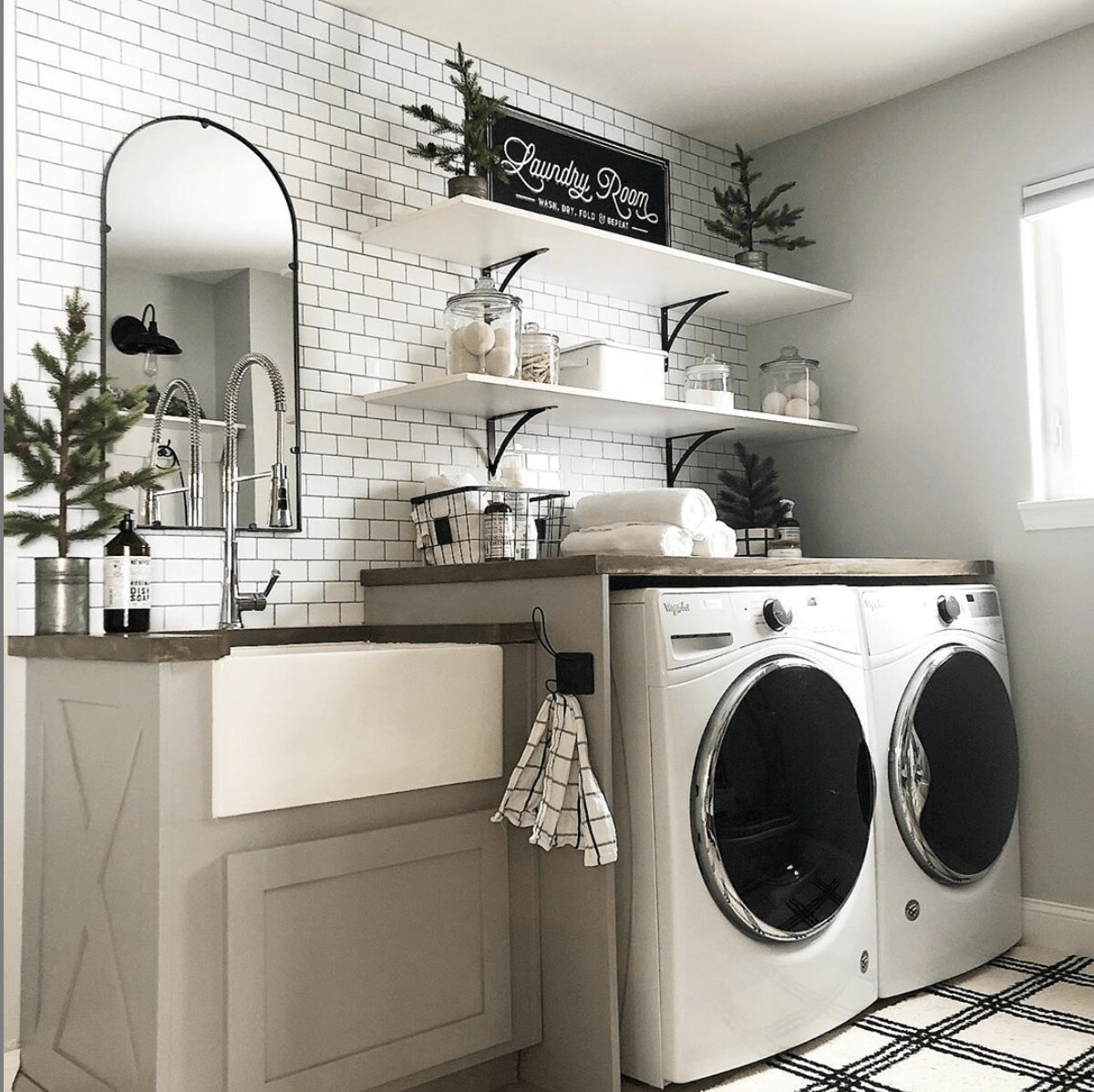
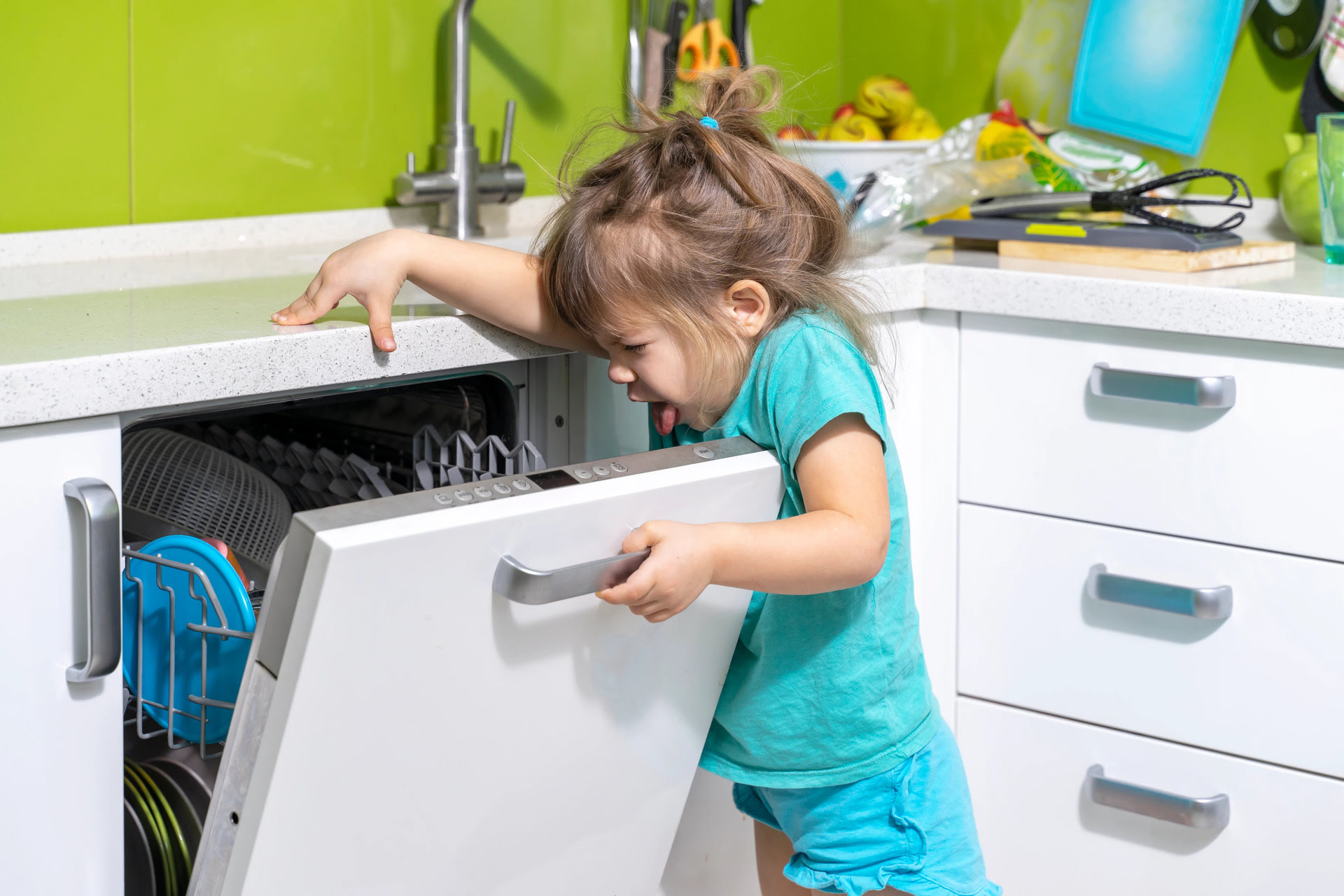
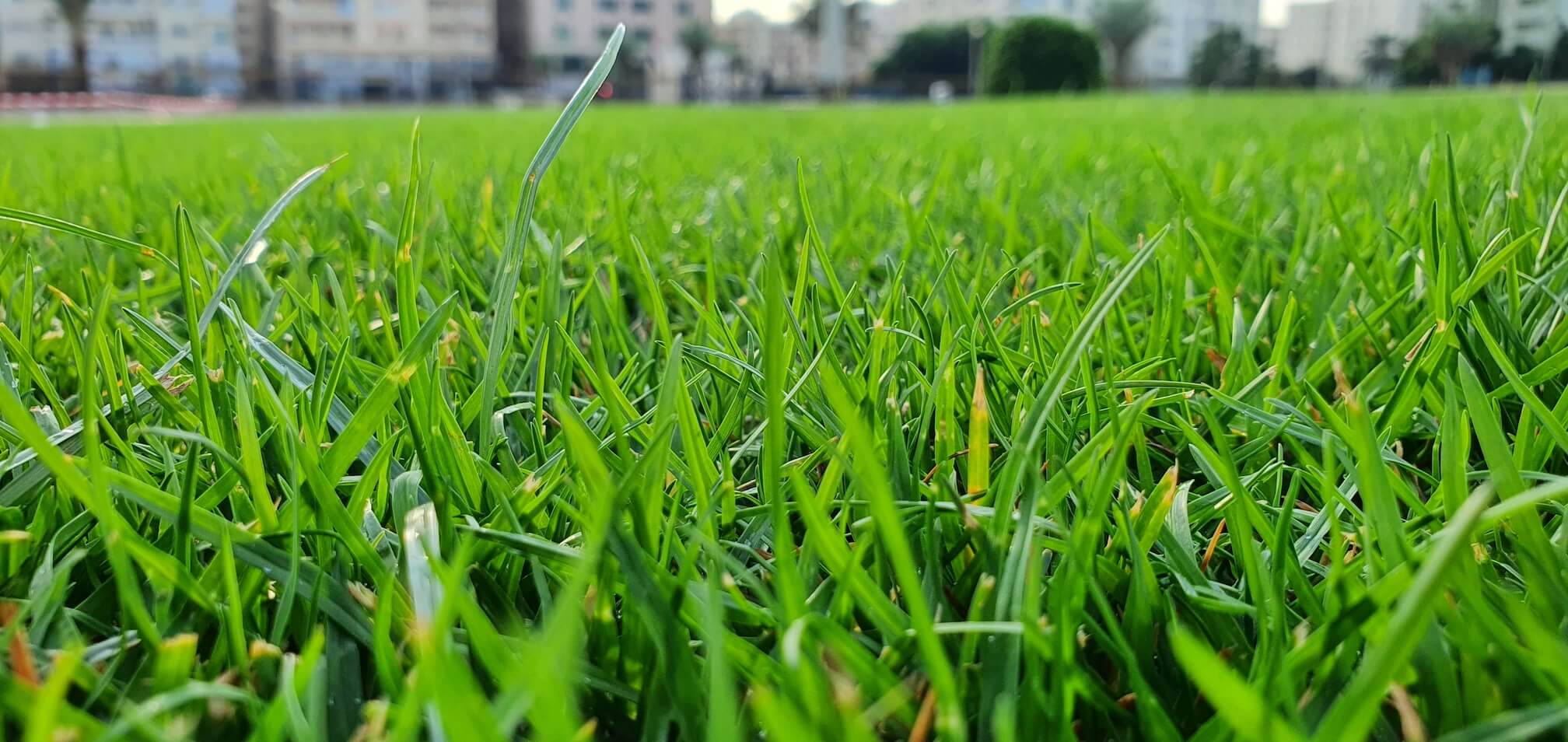
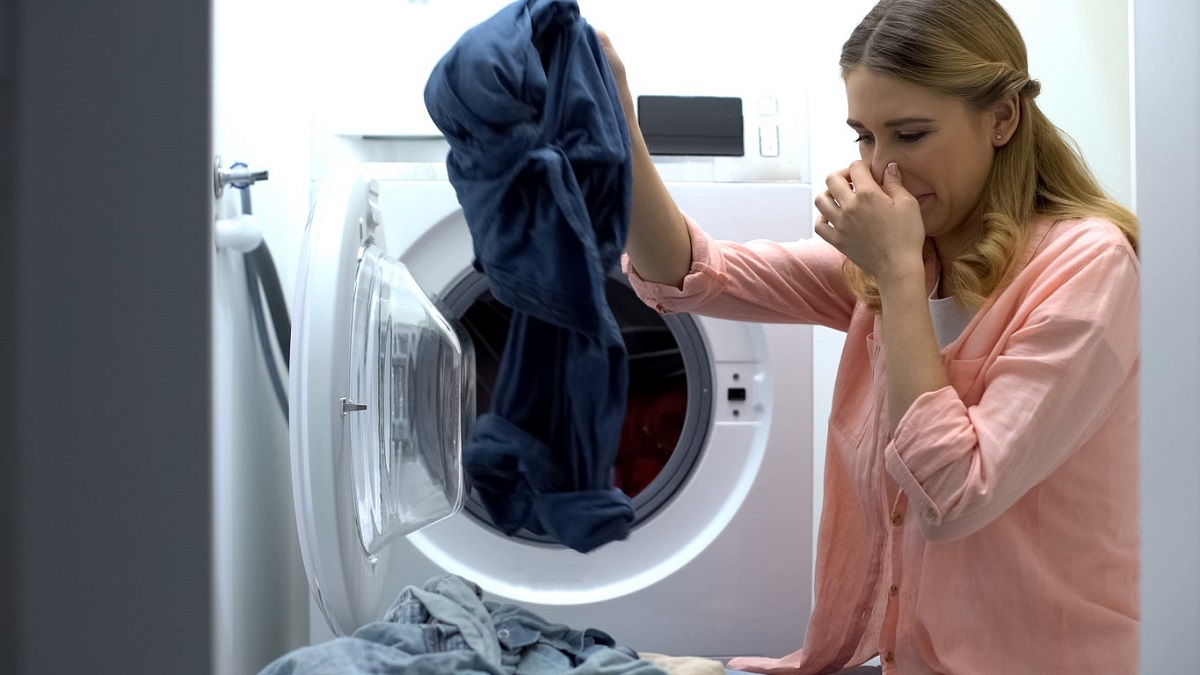

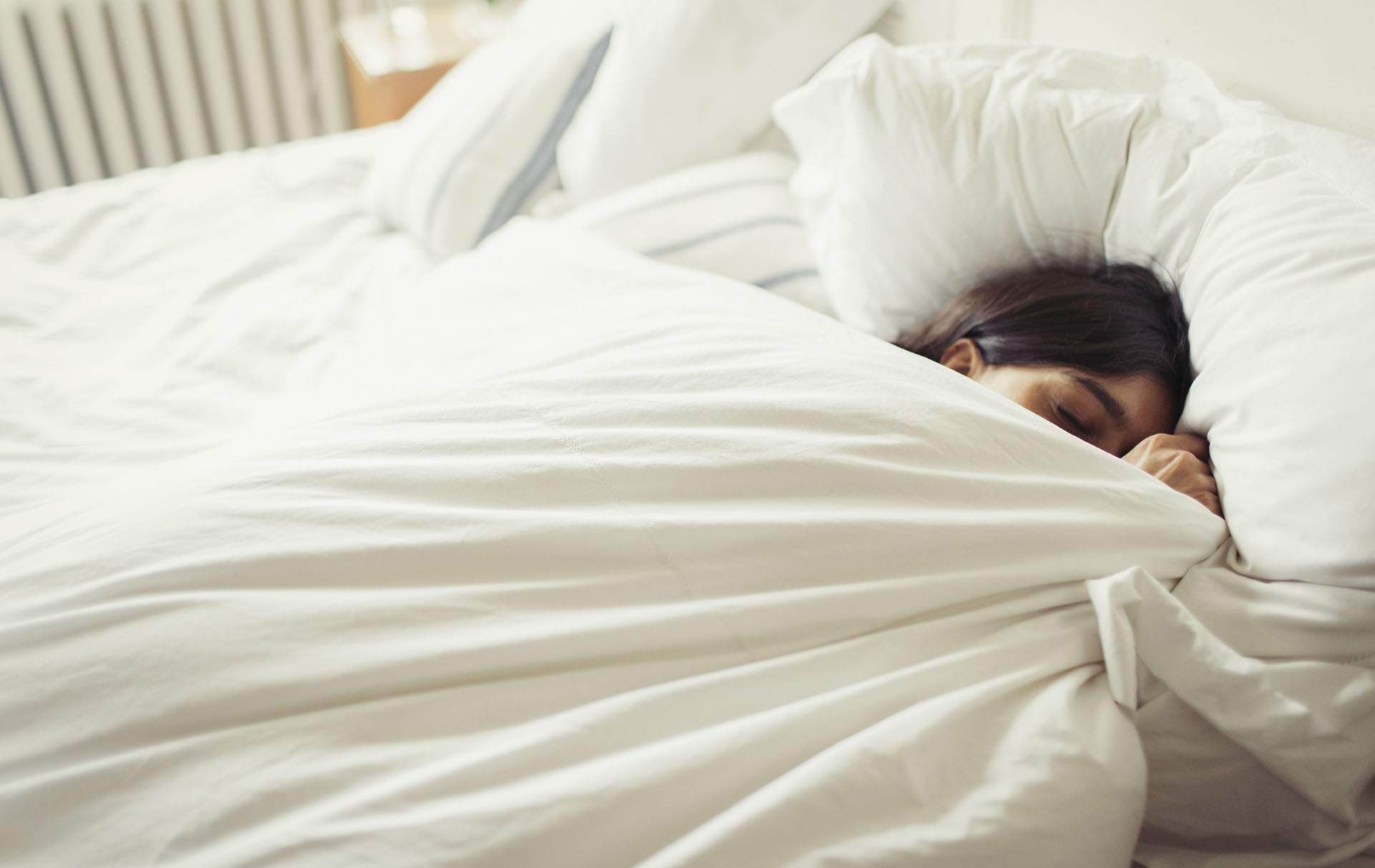
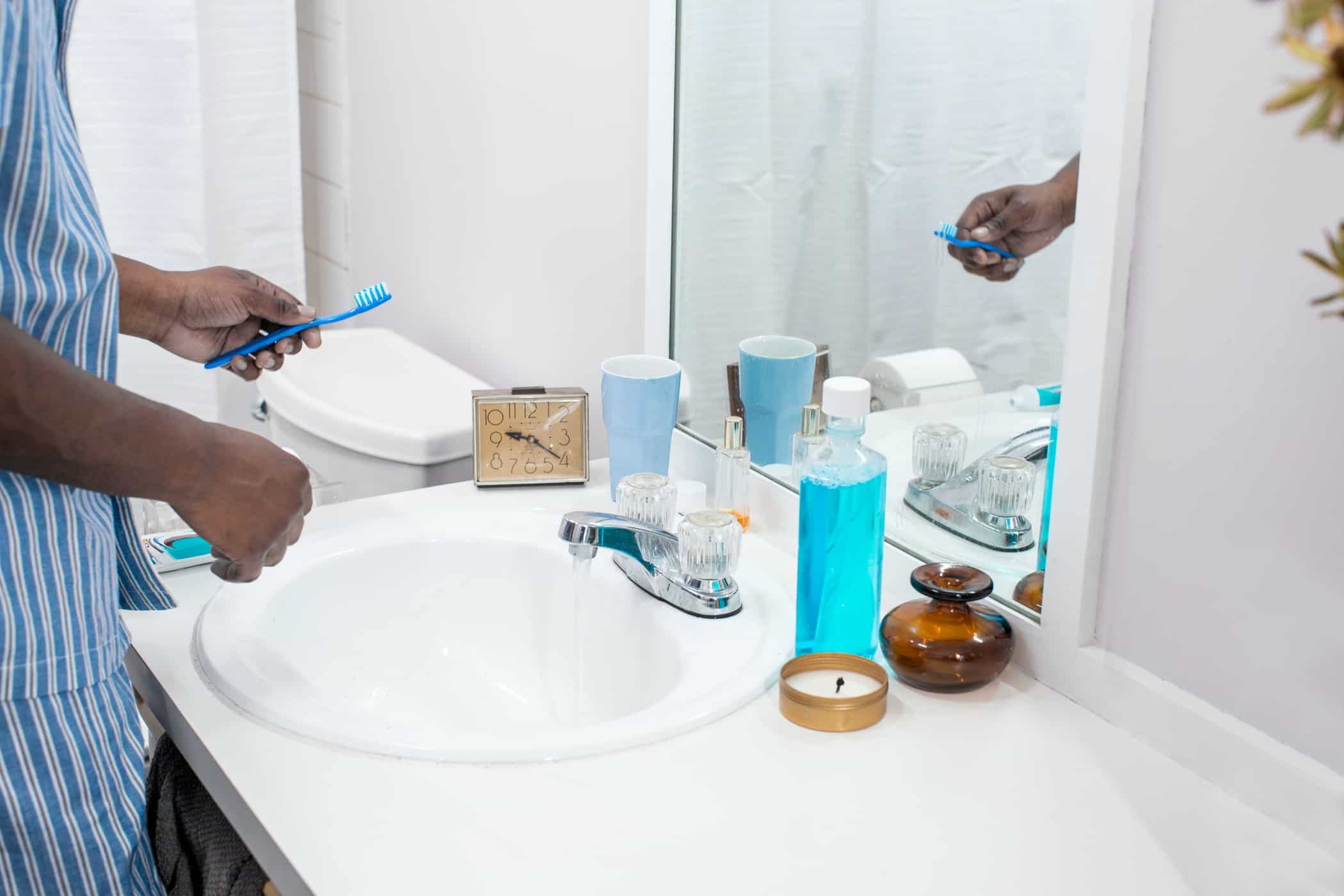
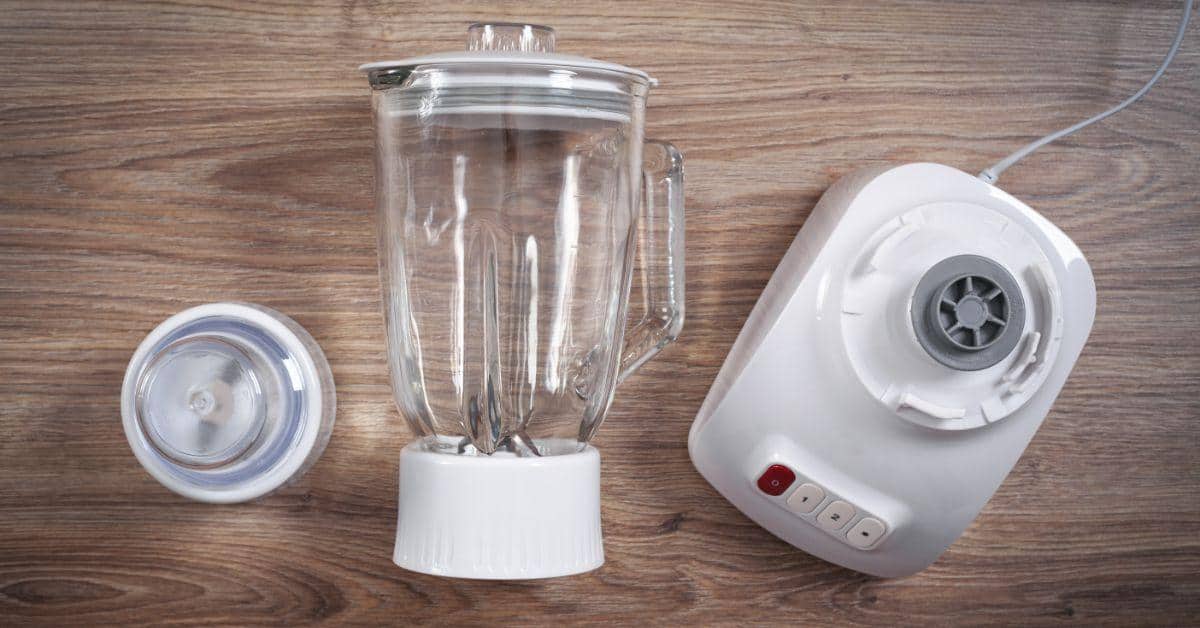


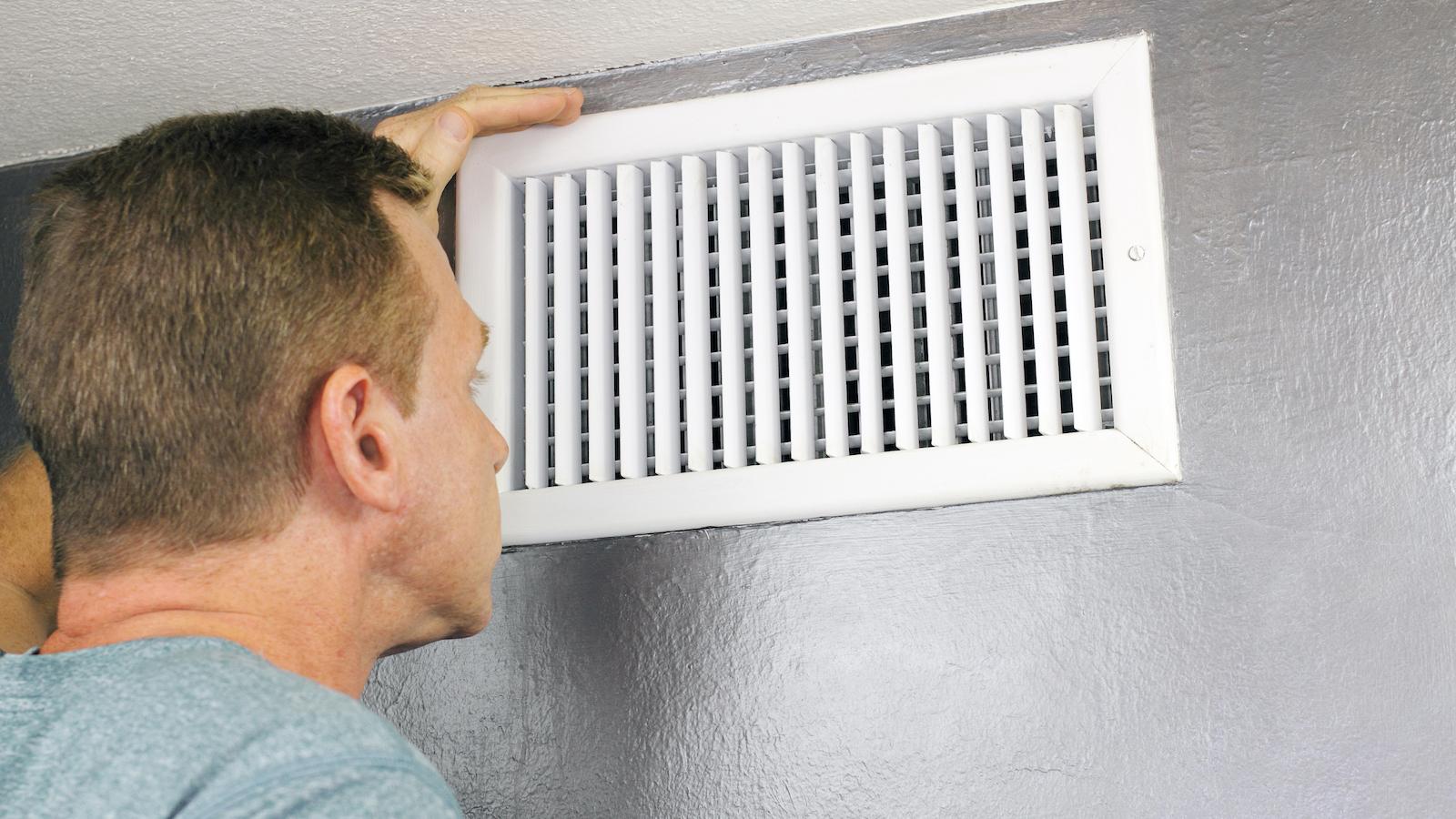
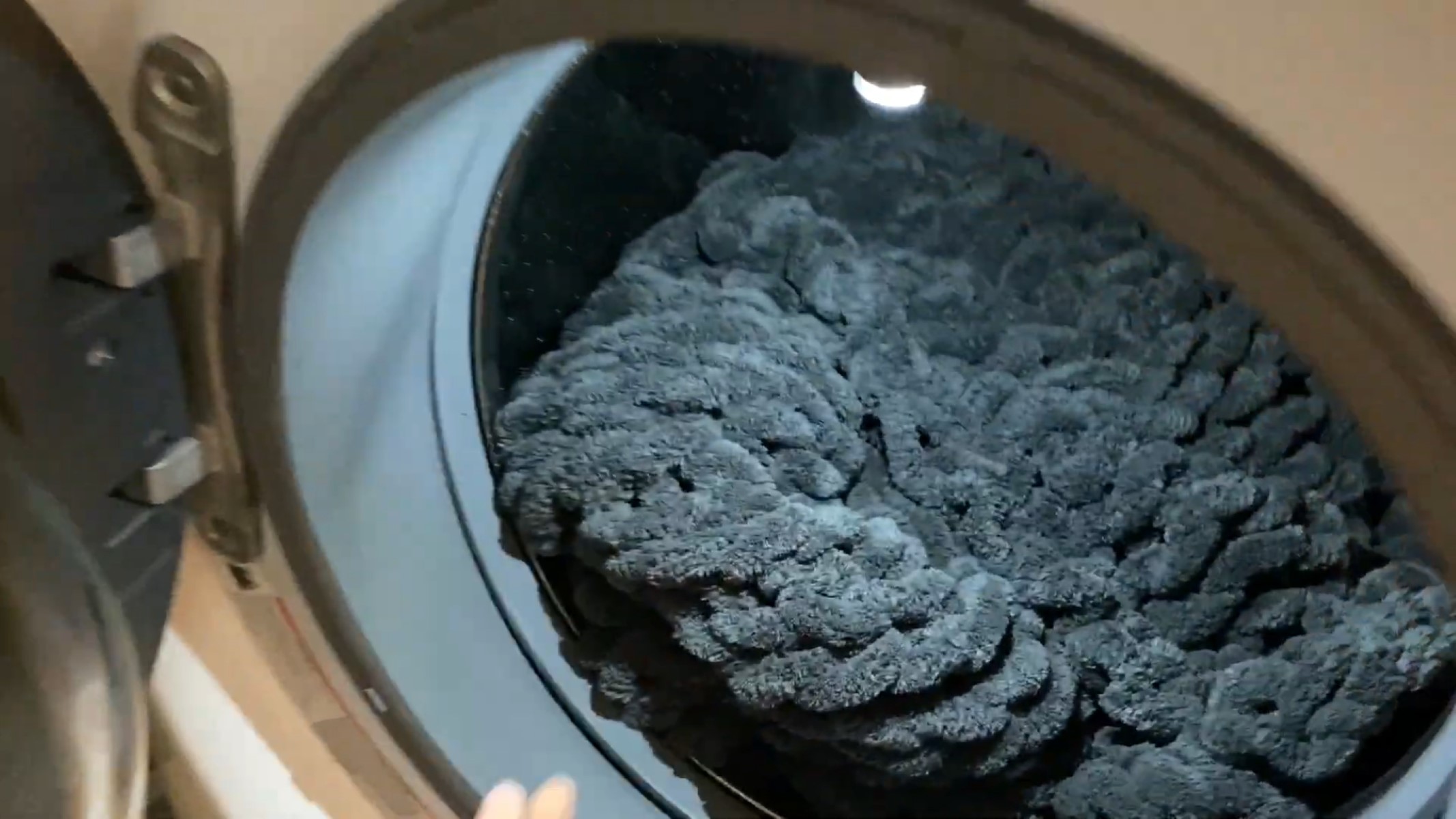

0 thoughts on “Why Does Laundry Room Smell”